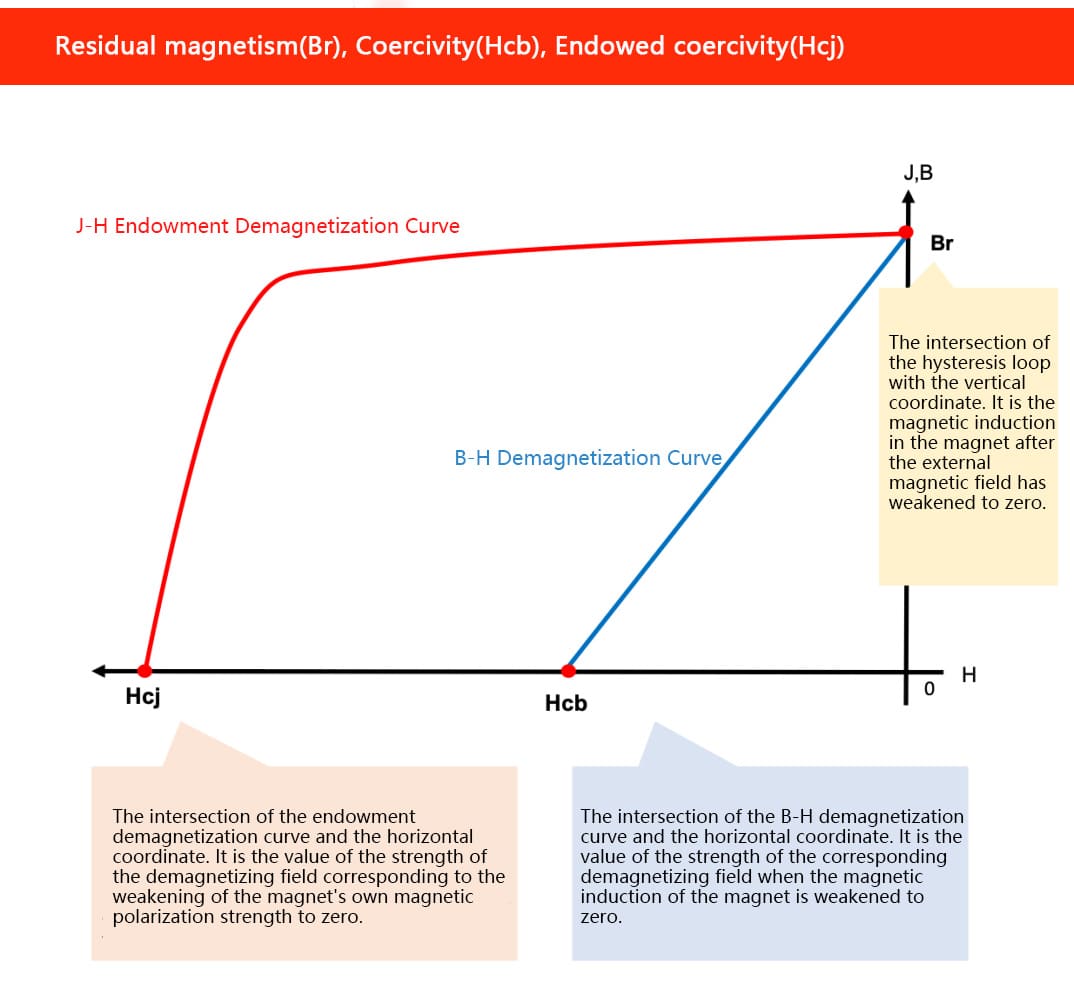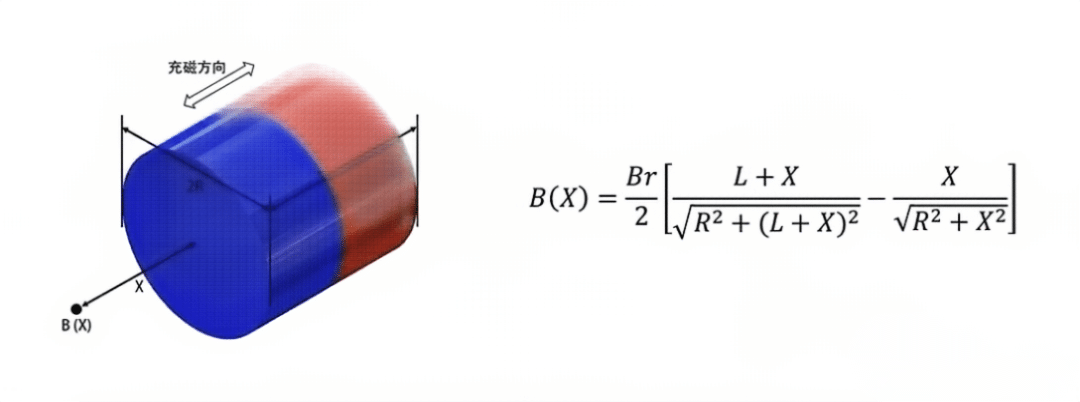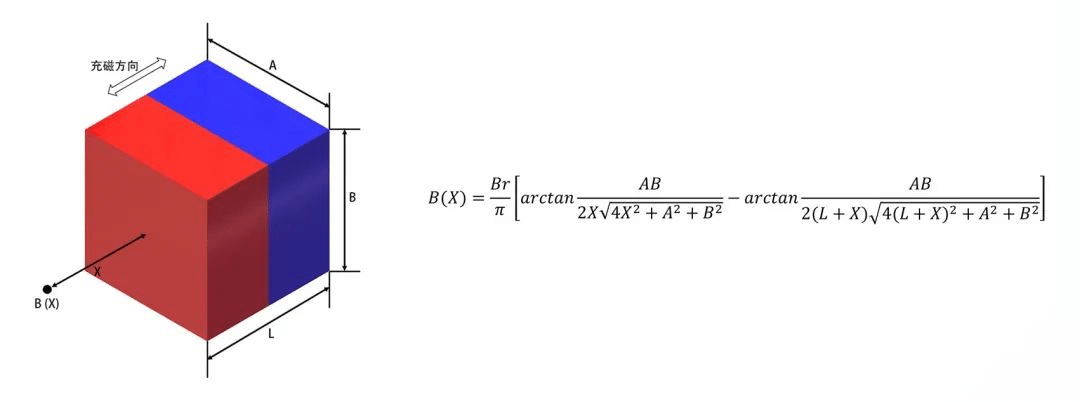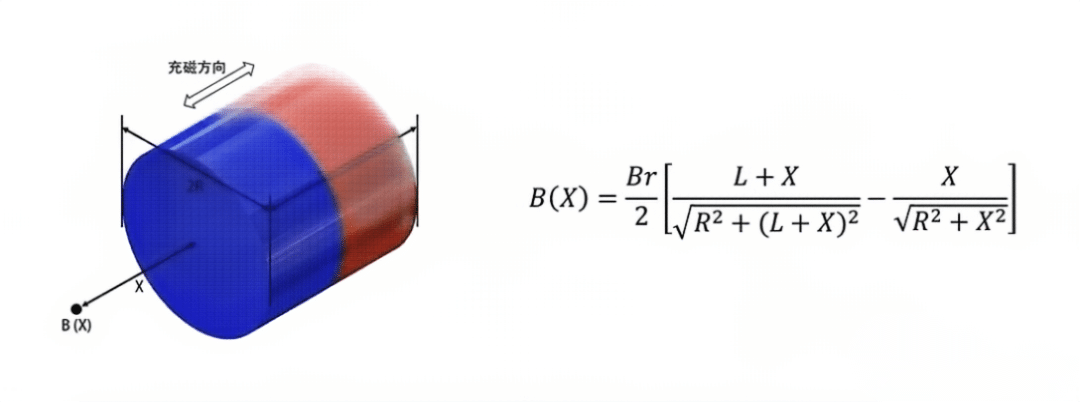What are the parameters of a magnet expressed in terms of?
There are two types of magnetism: object magnetism and material magnetism. Material magnetism refers to the magnetism that has nothing to do with the shape and size of the object, but only with the composition and microstructure of the material and other factors, which belongs to the endowment property of the material, that is, commonly known as material magnetism. The object magnetism refers to the material magnetism affected by the shape and size of the object and other factors to show the magnetism.
As far as the performance parameters of NdFeB magnet are concerned, if we talk about them in a more specialized way, they are the items of remanent magnetism, coercivity, maximum magnetic energy product, and the more common term is the highest point of the surface magnetism (the unit is gauss).
Determine the magnet performance of the 3 main performance parameters:
- Residual Magnetism Br: After the permanent magnet is magnetized to technical saturation and the external magnetic field is removed, the retained Br is called the residual magnetic induction.
- Coercivity Hc: The reverse magnetic field strength that needs to be added to reduce the B of a permanent magnet magnet magnetized to technical saturation to zero is called the magnetic susceptibility coercivity, or coercivity for short.
- Magnetic energy product BH: represents the magnetic energy density built up in the air gap space (the space between the two poles of the magnet), i.e. the static magnetic energy per unit volume of the air gap. Since this energy is equal to the product of the magnet’s Bm and Hm, it is called the magnetic energy product.

What is the meaning of magnet table magnetism?
First of all, the definition of table magnetism: table magnetism refers to the magnetic induction strength of the magnet surface. The surface of permanent magnet is non-uniform magnetic field, different positions have different table magnetism, with a conventional shape of non-multipole magnetized permanent magnet usually take its magnetization surface geometric center position table magnetism as the acceptance criteria.
A Gaussmeter, also known as a Tesla meter, is generally used as a measurement tool for measuring the magnet’s apparent magnetism. Because the Gaussmeter is portable and easy to operate, table magnetization is one of the most commonly used relative inspection methods. The working principle of the Gauss meter is mainly the application of the Hall effect: a current-carrying conductor placed in a magnetic field, due to the action of the Lorentz force, there will be a transverse potential difference in the direction perpendicular to the magnetic field and the current, the Gauss meter is based on the principle of the Hall effect of the magnetic field measurement of the instrument, the Hall probe in the magnetic field due to the Hall effect and the generation of the Hall voltage, the measurement of the instrument based on the Hall voltage and the known Hall coefficient converted to a The measuring instrument converts the value of magnetic field strength from the Hall voltage and the known Hall coefficient.
For non-multipolar magnetized permanent magnets with conventional shapes, the apparent magnetism at and above the geometric center of the magnetized surface can be approximated using Biot-Saval’s law (Magnet Apparent Magnet Calculator).
For circular sheet magnets and cylindrical magnets:

For square magnets:

According to the Biot-Saval law, apparent magnetism is mainly determined by magnet properties, shape, size and test position. Compared to flux and magnetic moment, apparent magnetism does not indicate the overall performance of the magnet.
Moreover, since there is no specific standard for each manufacturer’s product, and also because the Hall sensing element on the Gaussmeter is different, the measured table magnetism will be different due to the difference in Hall sensing strength. Therefore, a product, if you just look at the table magnetism, can not judge the magnet product is good or bad.
The relationship between the magnet’s table magnetism and magnetism.
Magnet table magnetism is the surface magnetic induction strength of a magnet at a certain point, this problem is explained in two cases:
Two magnets with the same shape and size, the magnet with higher table magnetism is stronger.
2. Different shapes, or different sizes of the 2 magnets, you can not simply to the surface magnetism high and low to determine the magnetism of the magnet is high and low.
Example:
NdFeB cylindrical D8x50mm, apparent magnetization: 4,600 gauss;
NdFeB cylindrical D50x10mm, apparent magnetization: 3,300 gauss;
Obviously D50x10mm has a much stronger magnetic field than D8x50mm.




